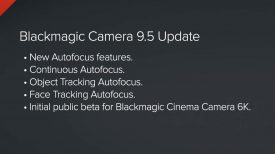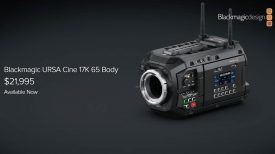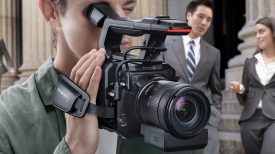More Than An Image is a series of films that tell the stories of three inspirational photographers. I sat down with Tom Martin the Creative Director of Forward, a production company that was hired by Wex Photo Video to undertake the project.
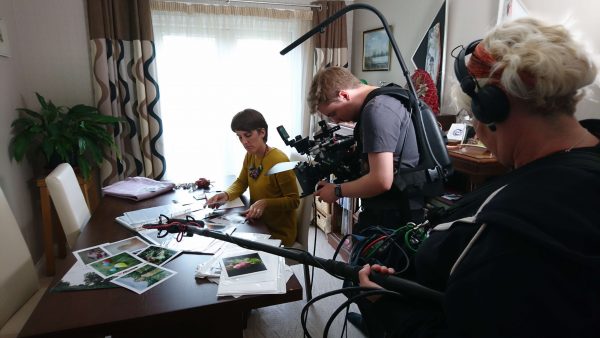
How did the More Than An Image project come about?
In summer 2016, we were contacted by UK based photographic and filmmaking retailer Wex Photo Video with the offer to work on a brief that would turn out to be one of the most incredible projects of my career so far. We were presented with a dream brief: tell the incredible stories of 3 inspirational photographers, all of whom have used their work to overcome some form of adversity in their lives. We threw ourselves into the project, creating 3 films that we were incredibly proud of and that connected and resonated with their audience. One of the films, about war photographer Giles Duley, went on to win 2 Royal Television Society East awards and has been screened at several film festivals across the world. The success of the first series lead to a second series being commissioned and produced in summer 2017, and these films have gone on to be nominated for 3 further RTS awards. The creation of these films was quite an undertaking.
How much planning was involved?
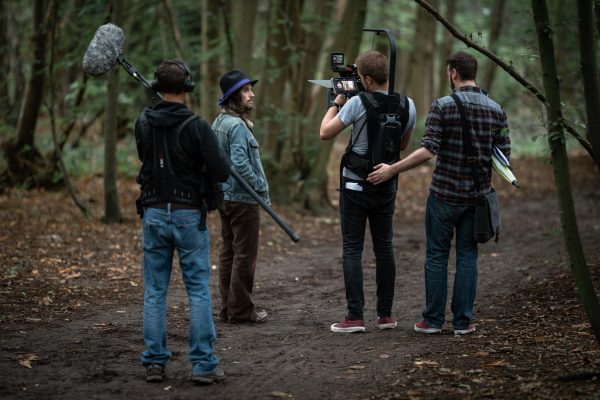
The first step of creating any good piece of branded content/documentary (or any film for that matter) is research and planning. Wex’s Head of Content and Series Creator Matt Devine did a fantastic job of initially finding and selecting a diverse range of subjects for us to work with, and presented us with a rough outline on how he’d like their stories told. Aside from some general guidance on style, project goals and ideal runtime we were allowed a huge amount of creative freedom to tell the stories how we thought best; which as a filmmaker was hugely exciting (and more than a little nerve-wracking!)
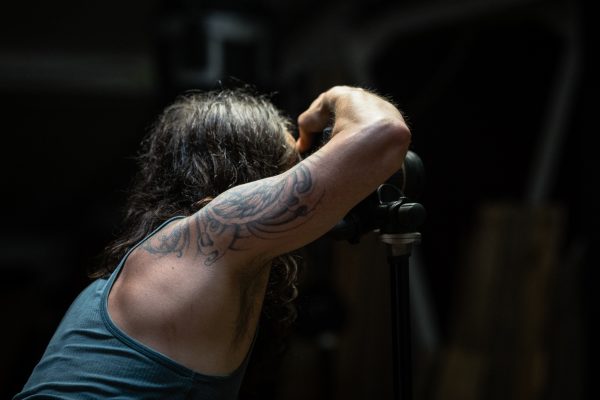
After receiving the briefing, our first step was to conduct in-depth research about each of the subjects. It was important to get a sense of the story we could tell about each of the subjects, and to note down our initial responses to the material. Given their varying levels of fame, some had far more existing material available than others. For example, Giles, in particular, was already very famous and already had several documentaries made about him by the likes of Channel 4, so the challenge we faced with his story was how to tell it in a way that hadn’t been done already, and without, for example, shooting in Afghanistan, where his injury took place – an idea which was both out of budget and we were keen to avoid as it had been covered before. Other subjects posed different conundrums. Hannah’s location in the Scottish highlands made location recces before the shoot impossible, and we had our work cut out trying to decide which pieces of stunning local scenery should feature in the film. Ian had already featured on the Channel 4 show The Undateables, which meant there was plenty of existing research material but not covering the topics we wanted to explore. Jim’s status as a full-time carer meant that, unlike the other subjects, it was impossible to film at his home, so we had to find alternatives that would work.
All of these and many more initial questions had to be considered and answered before we moved onto the next stage of the planning process. We conducted short, 30 minute Skype conversations with each of the subjects to both introduce ourselves and get a sense of their expectations about the film and the filming process. It was also incredibly useful to test our initial assumptions and responses to the material by conducting some in-depth questioning. We often found that were on the right track with our initial planning and research, but that some of our assumptions were challenged. For example, we had planned to shoot a sequence in Giles’ film of him taking some photos on the beach near his home in Hastings. After speaking to him, however, he told us that he doesn’t like to photograph in his own time, and only shoots when on assignment. This lead to us drastically altering part of the visual narrative we had begun planning for the shoot. After gaining many useful insights, we went back to our initial plan and updated it to take into account the new, first-hand information we’d gathered, along with starting to plan out ideas for the visuals of the films.
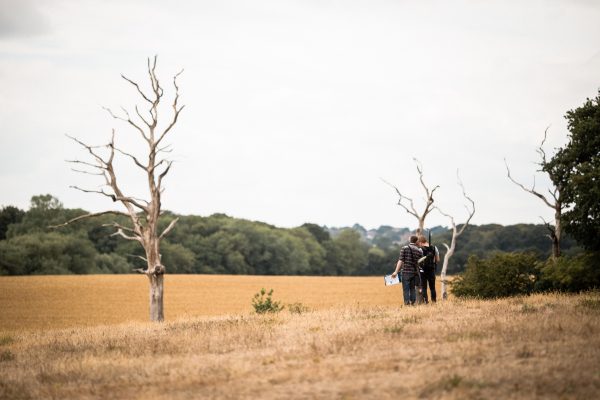
The next step was to visit the subjects and filming locations in person and conduct a tech scout/location recce. This wasn’t always possible (a flight to Scotland to visit Hannah for the day was out of budget!) we visited the rest of the subjects prior to filming and spent half a day with them conducting what amounted to a pre-interview, providing us with copious amounts of notes which we would then turn into interview questions to use during the shoot, and allowing us to scout and confirm the locations we’d be filming in, and the best times of day to film there etc.
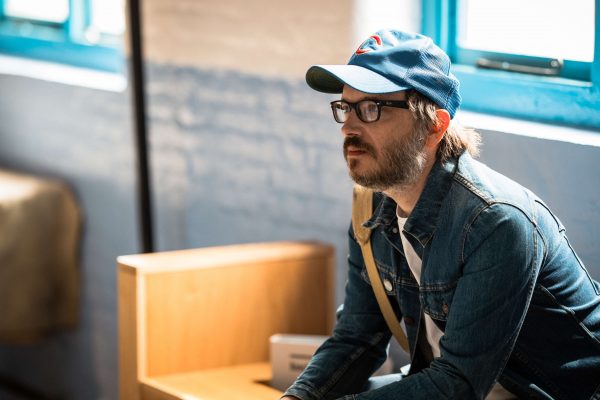
Vitally, it also allowed us to build up a rapport and sense of trust with our subjects prior to the filming taking place. This proved to be a vital step in the planning process and one of the main reasons we were able to get such good interviews with each of the subjects.
All of this information was then distilled and combined to create a set of detailed interview questions, a visual narrative and shot list and a meticulously planned shooting schedule for each of the two-day shoots.
How many shooting days did you have and how big was the crew?
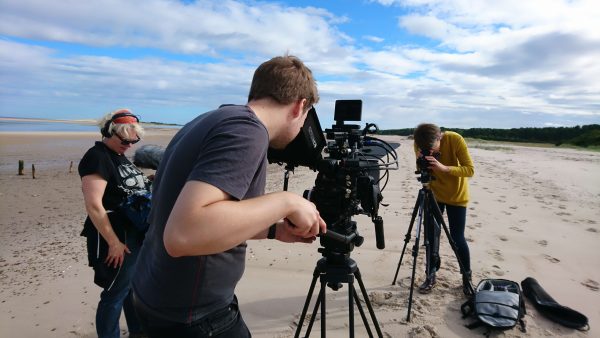
We filmed with each of the subjects for two days, working with a small crew in order to keep within the budget and to keep our footprint small so we could move and shoot nimbly. The crew comprised of myself acting as a director and DOP. We also had a producer, sound op and a production assistant/behind the scenes photographer. Whilst in some cases it would’ve been great to have a bigger crew, this size allowed us to move and shoot quickly, and more importantly not intimidate the subjects, which was especially important given we were filming in their homes or personal spaces and given the often sensitive nature of the topics we were discussing.
What equipment did you use and why?
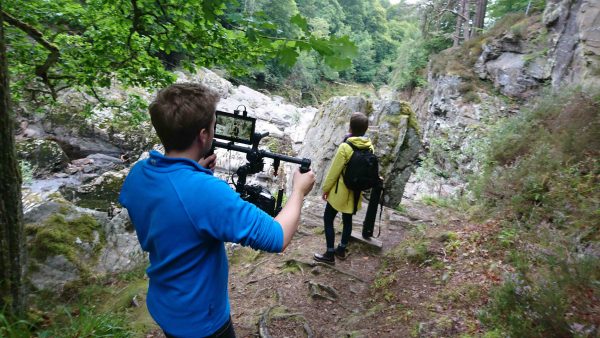
The equipment we chose to shoot on was likewise selected to give us the highest possible quality whilst remaining as small and portable as possible. We decided early in the planning process that we wanted to shoot and deliver in UHD as we knew we’d be shooting in some stunning locations and Wex was targeting these to be high-end content, separate from the video content they had produced up until that time.
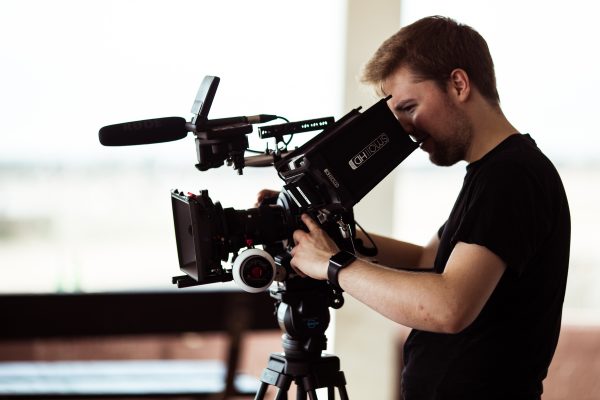
Our A-camera for both series was the Canon C300 MKII, which I personally feel is the best camera for shooting this kind of content at the budget level we were working at. It has a small, ergonomic form factor but shoots incredibly high-quality 4K images with high dynamic range and highly pleasing colour. It also performs incredibly well in mixed or low light situations, and the autofocus features are a great help in fast-moving documentary shoots. I also wanted to have the option to shoot high-speed 4K footage and so shoot some stabilised material on a gimbal, so our b-camera for both series was the Canon 1DX Mark II mounted on a Freefly MoVi M5. This combination saved us the time-consuming task of swapping a camera rig between handheld and gimbal setups, and I frequently swapped between the two setups during the course of shooting a scene. The 1DX isn’t the easiest camera to use, and the lack of a Log profile and storage hungry Motion Jpeg recording formats were a concern, but the ability to shoot 4K 50p in such a small form factor with amazing autofocus capabilities allowed us to capture some fantastic material and with a little work in post I was able to get the two cameras to match nicely.
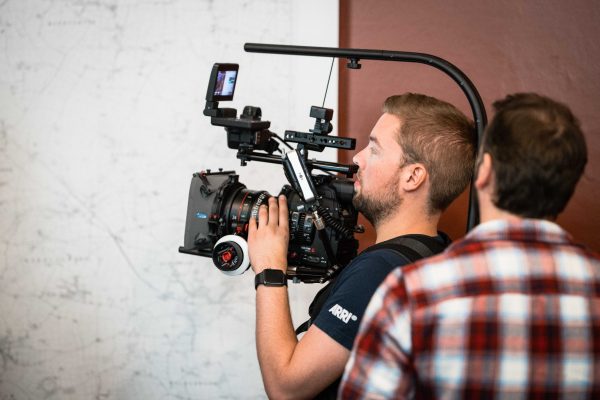
The A-camera was outfitted with Wooden Camera rig, a SmallHD 702 monitor for focus/exposure/framing and for the majority of the shoot was mounted on an EasyRig. We shot most of the footage in UHD 25p, dropping to 1080p for a few select slow motion shots which were carefully upscaled during post-production. For the first series, we used Sigma Art Series lenses, in particular, the 24mm, 18-35mm and 50mm along with the Canon L Series 100mm Macro and 70-200mm F2.8 for specialist shots. I also always had a Black Pro Mist 1/8 filter in the Matte box. For Series 2 we were lucky enough to have access to the Canon CN-E Cine Primes, but also still used the Canon L series lenses along with a Canon 24mm L series lens as the primary lens on the MoVi camera.
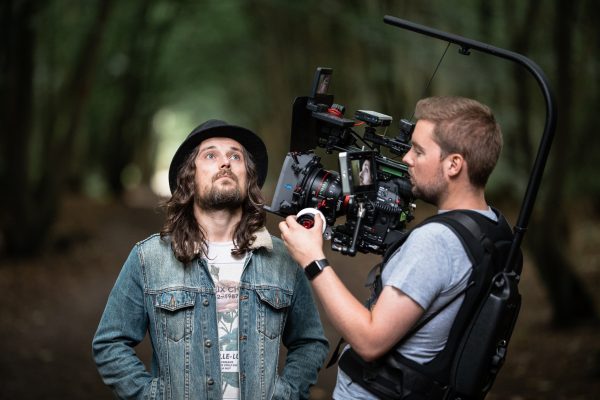
Our grip package was quite simple, consisting of a couple of tripods, a slider, Easyrig and the MoVi. A lot of the series relies on using and shaping natural or practical lighting, augmented with bounce or negative fill. We did carry a small lighting package, which increased for Series 2. During the first series, we used a 1×1 Dedo Felloni LED panel and a couple of Dedo DLH4s, along with a 1×1 Wescott Flex LED panel for tricky lighting circumstances.
By Series 2 our experience on the first series led us to replace the 1×1 panel with a Kino Flo Select 30 and to also add 2 and 4 foot Quasar Scientific X-Fades to our lighting package. These additions allowed us to add light quickly and effectively and helped create some really nice lighting without adding too much bulk to our lighting package, allowing us to remain quick and nimble. Our sound ops run a variety of gear, including Sound Devices 633 mixer/recorder, Sennheiser and Micron mics and a wireless hop, which I find a vital in allowing me to move freely when shooting handheld or on an EasyRig.
How long were the interviews you conducted?
The shooting days were quite hectic. We’d arrive on day 1 and immediately set up, light and conduct an in-depth interview, often running to around 1.5-2 hours, based on the questions we’d created during the initial meetings. It was here that having spent the time previously building up a rapport with the subjects came into its own – it allowed us to very quickly start getting good material as they were much calmer and more at ease than if we were meeting for the first time and pointing a big camera at them! It also allowed us to use shorthand, for example asking them to talk about something we’d discussed previously, which allowed us to get some fantastic and natural responses, especially when dealing with difficult topics such as suicide or disability.
Did you try and shoot everything in a particular style?
After the interview was complete we’d begin to shoot the pre-planned b-roll material. I approached this with a mixture of documentary and commercial sensibilities, aiming to create footage that felt both natural, but also ‘cinematic’. I’m really interested in combining real stories with semi-staged, cinematic visuals. I achieved this by quite heavily planning in pre-production the kinds of activities we wanted to capture the subjects doing. On location, we’d set the subjects up doing something they’d naturally do – we were keen not to invent activities for them to do, as that would’ve felt false – instead, I wanted to stage and present reality in a ‘cinematic’ manner. For example, Ian does his woodworking in his studio, but by blocking out the natural light, lighting the space with a single Quasar tube and shooting lots of macro shots I was able to present reality in a far more cinematic, and in my opinion, visually engaging manner.
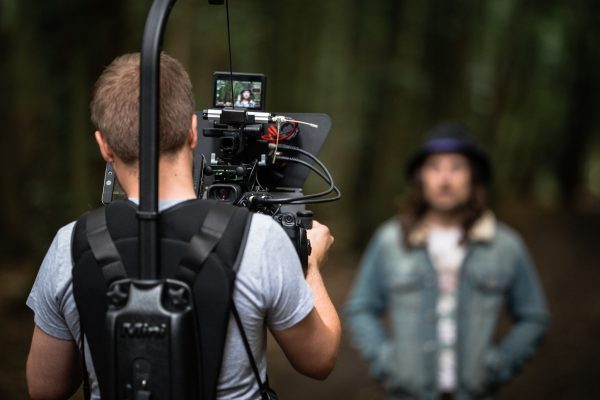
A lot of the material was shoot either handheld or on an EasyRig. This allowed me to move quickly and capture a decent amount of coverage in a short period of time with a small footprint. I also really like the organic, floating, smooth but handheld feel an EasyRig produces, which I feel gives the footage a sense of realism despite being quite heavily planned and choreographed. We’d shoot each scene with several lenses and I’d often switch to a slider or even grab the MoVi to capture high speed or stabilised shots, which more often than not were used outside when filming away from the subject’s home or place of work.
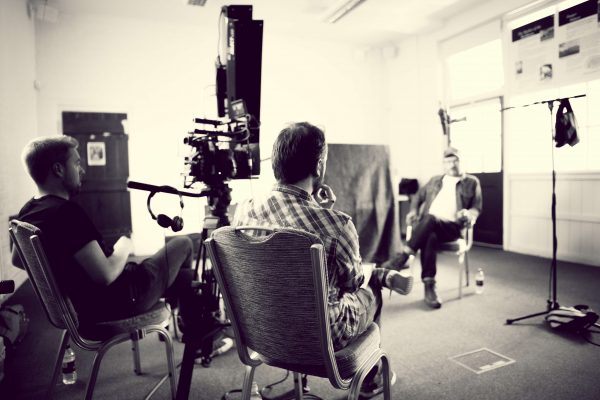
Lighting, as mentioned, was often kept to a minimum. I often opted to use or augment/shape natural light and practicals to ensure we kept to schedule and to ensure the footage still looked natural and not too staged. When I did light I tried to light the entire space so that I could move around and shoot quickly and not block my own light or have to spend time to tweak the light every time we changed the setup or angle.
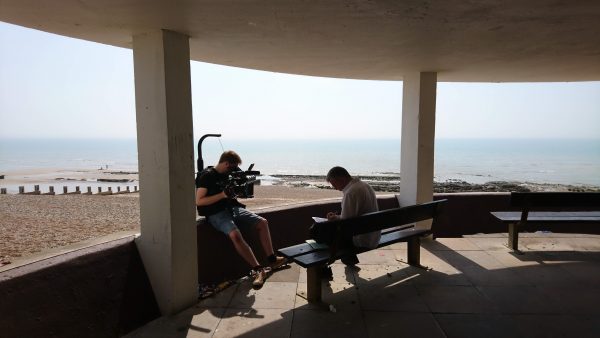
We’d continue shooting b-roll into the second day, before wrapping. The shoots were often incredibly hectic and often involved a lot of driving in between. Series 1 was shot pretty much back to back which meant we drove almost 2,000 miles across the UK in a week (and got to know the Premier Inn breakfast menu off by heart by the end of the trip!)
After each day’s shoot, we’d backup our rushes to multiple G-Technology rugged drives using Hedge, which not only saved us hours of sleep due to its insanely fast transfer times but also allowed us to rest safe in the knowledge our backups were safe and secure.
On return to our office, we’d back up the footage to our G-Technology G-Speed Studio Raid, and start the editing process.
What was the post-production process?
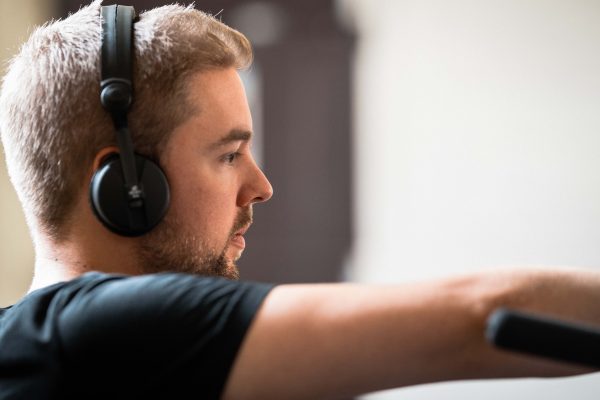
Step one of the edit was to construct the narrative of each film from the interview material we’d captured. We watched through the entirety of the interview rushes and make detailed notes and start making initial selections and edits. From there we’d refer to our initial notes and plans and combine them to create the narrative. Once we were broadly happy with the rough structure of the narrative we’d begin adding visuals, again working from our plan.
We edited the native 4K files in Adobe Premiere Pro, on both a MacPro with a G-Technology G-Speed Studio XL Raid and on a pretty high spec editing PC.
We spent a lot of time refining the first draft of the edit before adding a rough one light grade using FilmConvert and adding a temp music track before sending it over to the team at Wex for their initial feedback, and at the same time sent the first cut to our composer (on this project, we worked with Acme Sound (http://acmesound.tv) in London so that he could begin scoring the film.
Once we’d received our feedback and made any tweaks and changes to the edit, we could lock the picture and concentrate on perfecting the score with the composer. Once this was also signed off with Wex we sent the film to be graded and mixed/sound designed.
Sound design and the mix was undertaken by Doppler & Dubbs, and I graded the films using DaVinci Resolve, aiming for a slightly low-con, naturalistic and filmic/cinematic look. Finally, titles and graphics are added and everything is combined and sent off for final sign off and delivery. It’s a hugely in-depth process that we achieved in just under 5 weeks for Series 1. Thankfully we had a little more time to play with on series 2.
Were you happy with the end result?
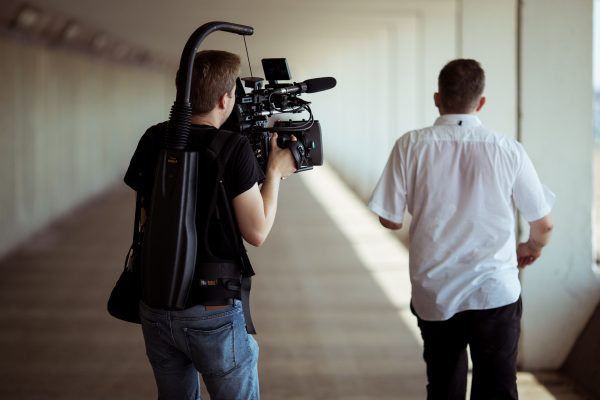
The team and I had an amazing time working on these projects. The opportunity to spend time with some absolutely incredible and inspirational people is something I’ll never forget, and one of the best parts of my job. We’re so honoured to have been able to tell their story, very proud of the finished films and delighted that they’ve engaged so many people.



